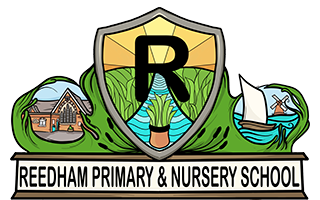Recovery premium is part of the government’s package of funding to support pupils whose education has been impacted by COVID-19.
It is a time-limited grant providing over £300 million of additional funding for state-funded schools in the 2021/22 academic year and £1 billion across the 2022/23 and 2023/24 academic years.
It is focused on pupils who are eligible for pupil premium and pupils in specialist settings such as:
- special schools
- special units
- pupil referral units (PRUs)
This is because of the additional impact of the pandemic on these students.
Recovery premium allocations for academic year 2023/24 will be calculated on a per pupil basis, based on the following rates.
In mainstream education, the rates are:
- £145 per eligible pupil in primary schools
Recovery premium for academic year 2023/24 will be paid in 4 instalments.
Payments will be sent to local authorities on:
- 29 September 2023
- 29 December 2023
- 28 March 2024
- 28 June 2024
How it is intended that the grant will be spent
It was decided that at Reedham Primary and Nursery School, recovery premium should best used to support children in small groups to target their gaps. This is linked to our SIDP Target 2 – To support learners with targeted learning.
1. A programme of small group tutoring, delivered by an experienced teacher, whom we have worked with for over a year. Children from all over school have been identified for specific input and then given 1:1 or small group sessions to plug gaps in their learning, develop skills, confidence and support anxieties. There will be a focus on targeted year 6 children initially.
A further need to continue with this approach into the next academic year (2023/2024) has been identified. This will roll into the National Tutoring programme of support offered to children but will have a dedicated new member of staff to run the comprehensive intervention programme of work supporting children across all key stages.
How the effect of this expenditure on the educational attainment of pupils will be assessed
Individual children’s progress have been monitored by our SENDCO at half termly intervals, in Pupil Progress meetings at which all classroom staff are present. Additional informal feedback has been given by the teachers involved in delivering the support sessions and shared across the staff. The rates of progress have been compared to their peers in class and also against their previous progress and attainment data pre-pandemic. This has enabled us to see where future opportunities for further intervention exist and as mentioned above, in the need to commit additional resources to ensure that no child is left behind.
We are currently formulating plans to employ an additional member of staff to deliver extra input up to three days a week. This will then be monitored in the same way as before, checking whether interventions are making a positive difference and whether they therefore need to continue, end or be altered.
In the case of children who are deemed to be back on track, the limited resource of National Tutoring Programme-funded teacher intervention or 1:1 tutoring will be reallocated to the next identified children on our priority list until funding is completely allocated and spent.
The general effectiveness of our two approaches to using Recovery Premium will be reviewed once the actual funding has been both fully received and spent as planned, at which point a more detailed report will be published.
